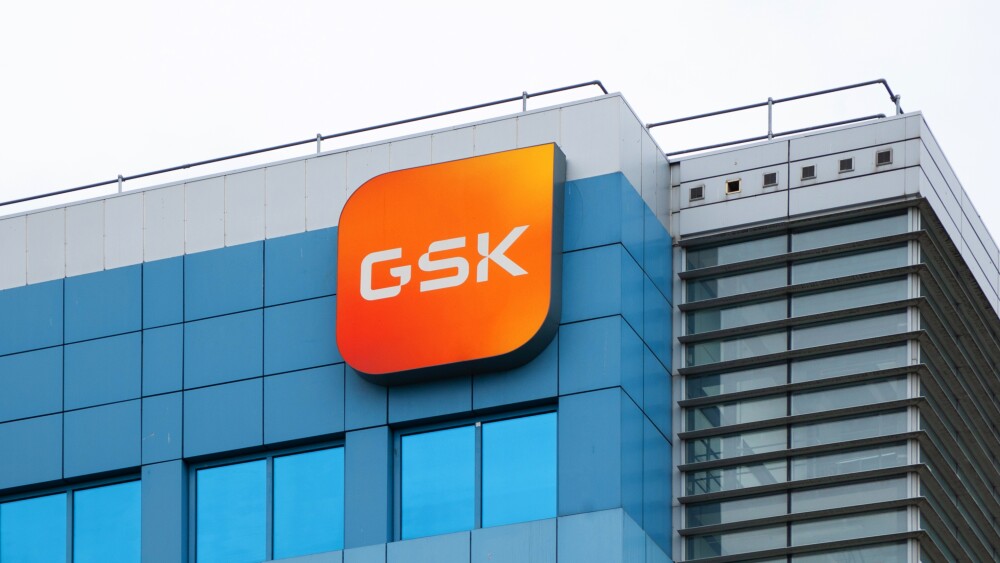The company’s intein-based technology is initially aimed at Stargardt disease, a type of macular degeneration.
Barcelona-based genetic medicines company SpliceBio has raised $135 million in a series B round to back its novel protein-splicing drug delivery system, the biotech announced Wednesday. The money will go toward development of the company’s lead gene therapy, which is being developed for Stargardt disease, an inherited type of macular degeneration.
This is the company’s third funding round, after completing a seed round in 2020 backed by Ysios Capital and Asabys Partners and a $57 million series A in 2022, supported by an “international syndicate” of investors, SpliceBio CEO Miquel Vila-Perelló told BioSpace. Among those investors was Novartis Venture Funds, Novartis’ venture capital arm.
Novartis Venture Funds continued its support in the series B, joined by the investment arms of fellow big pharmas Sanofi and Roche.
SpliceBio’s twist is that it doesn’t work on gene splicing, exon-skipping or gene editing but rather on delivering in pieces a replacement protein for a mutated version of a gene. Stargardt disease is caused by a mutation in the ABCA4 gene, leading to progressive vision loss and eventually blindness. The full-length gene for ABCA4 is too large to fit inside a traditional adeno-associated viral (AAV) vector. SpliceBio’s lead gene therapy, SB-007, breaks the gene into two pieces, each delivered by a separate AAV. Each part of the gene is translated separately, then sequences called inteins that are engineered into each section splice together the full healthy protein.
“It’s like putting together the pieces of a puzzle,” Vila-Perelló said.
The focus on Stargardt wasn’t an accident. Not only are there are no approved treatments for the disease on the market, but targeting the eye, which is relatively immune-privileged compared to other parts of the body, allows a much lower dose of AAVs, on the order of a thousand- or ten thousand–fold less than might be used in other parts of the body, according to Vila-Perelló.
In March, the company dosed its first patient with SB-007 in the Phase I/II ASTRA trial. Money from the series B will go toward furthering the trial, which Vila-Perelló said is currently in a dose escalation phase. The candidate is also being investigated in an observational natural history study called POLARIS, which launched in the first quarter of 2024.
Additionally, SpliceBio has other molecules in development for undisclosed indications. “We have shown that [the company’s intein technology] does indeed work in multiple diseases and multiple organs and [investors] recognize that there’s potential value there,” Vila-Perelló said.
SpliceBio is based on intein work spun out of Thomas Muir’s chemistry lab at Princeton, where Vila-Perelló and CTO Silvia Frutos were both scientists. Because of their ability to cut protein sequences, inteins have found a number of applications in biotechnology, particularly in biopurification. Their use in biopharmaceuticals is still mostly limited to preclinical research, primarily focusing on antimicrobial drugs.






